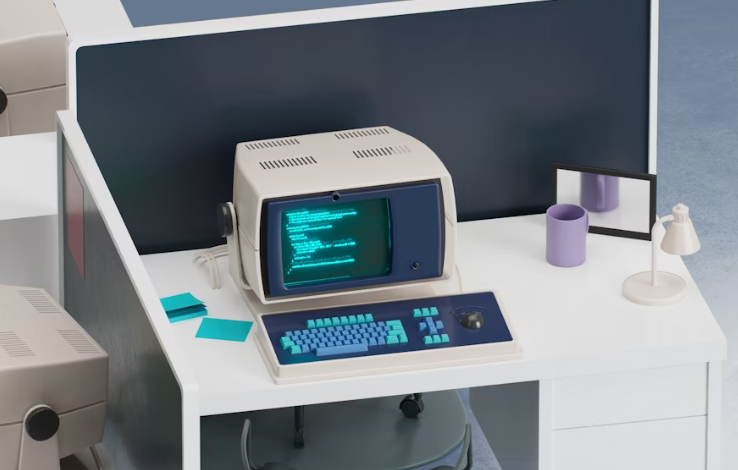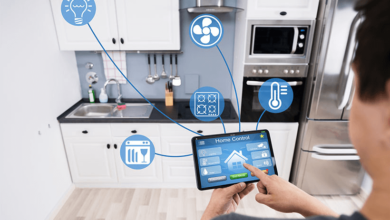How to Successfully Register a Medical Device with HSA Singapore

The Health Sciences Authority (HSA) is the regulatory body responsible for overseeing the safety, quality, and efficacy of medical devices in Singapore. Any company that wants to market or distribute a medical device in the country must first go through the HSA registration process. While the procedure may seem complex, understanding the requirements and preparing properly can make registration much smoother.
This guide explains how to successfully register a medical device with HSA Singapore, from classification to final approval.
Step 1: Understand Medical Device Classification
HSA classifies medical devices based on risk levels, similar to international standards:
- Class A: Low risk (e.g., tongue depressors, bandages)
- Class B: Low to moderate risk (e.g., hypodermic needles, suction equipment)
- Class C: Moderate to high risk (e.g., infusion pumps, orthopedic implants)
- Class D: High risk (e.g., pacemakers, heart valves)
Correct classification is critical because it determines the documentation required, the level of scrutiny, and the approval timeline.
Step 2: Appoint a Local Registrant
If you are a foreign manufacturer, you must appoint a local registrant in Singapore. This entity will act as your representative and submit the registration application on your behalf. A local registrant must be a company registered with the Accounting and Corporate Regulatory Authority (ACRA) in Singapore.
Step 3: Prepare the Technical Documentation
Before applying, gather all relevant technical documents, which typically include:
- Device description and intended use
- Risk assessment and safety data
- Clinical evidence (if required)
- Manufacturing information
- Quality management certifications (e.g., ISO 13485)
- Labeling and packaging details
For higher-risk classes (C and D), more comprehensive clinical and safety data will be required compared to lower-risk devices.
See also: Integrating Into Utah’s Thriving Tech Sector
Step 4: Submit Application via MEDICS
HSA uses an online system called MEDICS (Medical Device Information and Communication System) for submissions. The process involves:
- Creating an account under the company’s name.
- Completing the application form with product and manufacturer details.
- Uploading supporting documents.
- Paying the application fee, which varies depending on device classification.
Step 5: Review and Evaluation
Once submitted, HSA will review your application. The type of review depends on the device class:
- Class A: Listing application (simplified process, often no review needed).
- Class B: Abbreviated review if recognized reference agency approval exists.
- Class C & D: Full evaluation with a detailed review of safety and efficacy.
Timelines can vary:
- Class A – typically within days.
- Class B – a few months.
- Class C & D – several months, depending on complexity.
Step 6: Receive Approval and Listing
If the application is successful, the device will be listed on the Singapore Medical Device Register (SMDR). Only listed devices can be legally imported, marketed, and supplied in Singapore.
Step 7: Post-Market Obligations
Approval is not the end of the process. Companies must also comply with post-market obligations, including:
- Adverse event reporting
- Product recalls (if necessary)
- Renewal of licenses and registrations
- Maintaining quality system compliance
- Failure to comply can result in suspension or cancellation of the device listing.
Tips for a Successful Registration
- Ensure accurate classification before submission to avoid delays.
- Maintaining strong documentation—poor or missing evidence is a common cause of rejection.
- Leverage reference approvals (e.g., devices already approved in major markets) to shorten review timelines.
- Work with experienced regulatory consultants or registrants to streamline the process.
Final Thoughts
Registering a medical device with HSA Singapore requires careful planning, detailed documentation, and strict compliance with regulations. By understanding the classification system, preparing robust technical files, and following the MEDICS submission process, manufacturers can successfully bring their medical devices into the Singapore market.
With Singapore being a hub for healthcare innovation, securing HSA approval not only opens opportunities locally but also strengthens credibility in the global market.





